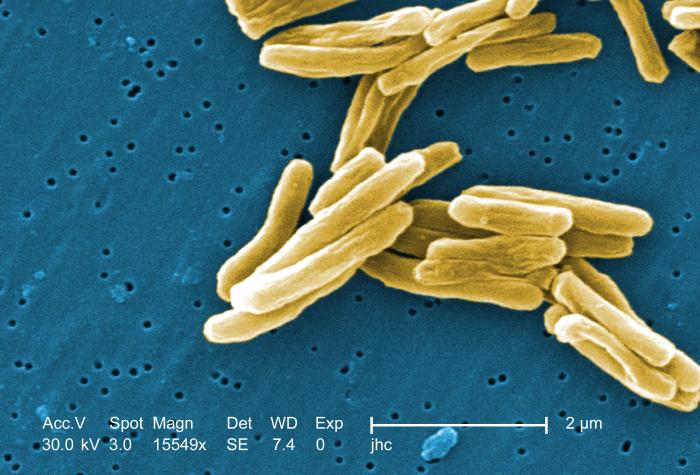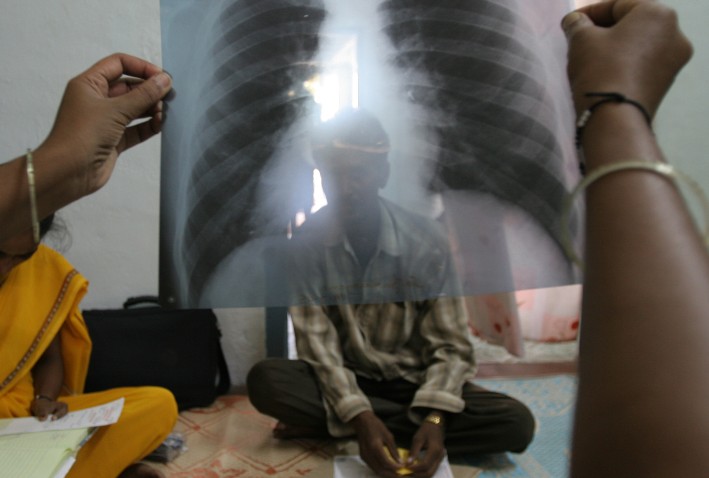Tuberculosis is a disease that is seldom heard about these days, but the WHO and MSF have said that forms of TB known as multidrug-resistant tuberculosis (MDR-TB) have risen to the level of a global threat. TB is already carried in a latent form in approximately one-third of the global population, and MDR-TB is increasingly the form that is being passed from person to person. Additionally, an even more dangerous form of the disease–extensively drug-resistant TB (XDR-TB)–has been reported in 100 countries.
Tuberculosis has faded into the background of threatening diseases in the West. It saw renewed interest in 1991 when MDR-TB became epidemic in New York–nearly one-fifth of cases did not respond to treatment. That epidemic cost over $1 billion and several years of effort to bring under control.
Today in the US only 1.4 percent of an annual 9,500 TB cases are drug resistant, but the threat remains, according to the World Health Organization’s (WHO) global TB program director, Dr Mario Raviglione.
“They believe that TB is an extinct disease,” Raviglione said of the threat. “I don’t know why.”
WHO released a report this month that reported that nine million people became sick with TB in 2013–half a million more than previously thought. Of these, 3.5 percent of new cases were drug resistant.
“In many settings around the world the treatment success rate is alarmingly low,” WHO stated. “Furthermore, extensively drug-resistant TB (XDR-TB), which is even more expensive and difficult to treat than MDR-TB, has now been reported in 100 countries.”
Some countries currently have very high rates of MDR-TB. Belarus, for example, has a rate of 35 percent.
It is estimated that one-third of the global population harbors TB bacteria, but most are not aware that they carry the latent disease. The virus, however, continues to transmit to others while in its latent phase.
 When TB enters its active phase–commonly when a person’s immune system is lowered–it becomes dangerous.
When TB enters its active phase–commonly when a person’s immune system is lowered–it becomes dangerous.
Children can be protected from TB–even its worst forms–by a widely distributed vaccine. Adults are usually protected by the same vaccine.
DR-TB is treatable, but the treatment requires long, expensive, painful side-effects to the antibiotics, including psychosis, deafness and constant nausea. The treatment takes around two years, and 50 percent of patients die. When it comes to XDR-TB, 80 percent of patients die.
Drug resistant TB is created by humans. Incomplete treatment allows the TB to adapt to antibiotics. When a person develops DR-TB they pass that form of TB on to others.
Of the TB cases that have been documented by the WHO worldwide, 3.5 percent are DR-TB cases passed on from people who have DR-TB.
“We think that drug-resistant TB is really becoming an epidemic in its own right,” said Dr. Grania Brigden, TB adviser for Médecins Sans Frontieres (MSF).
Photos: Gates Foundation and Microbe World
